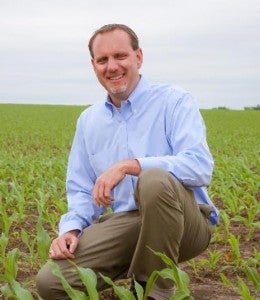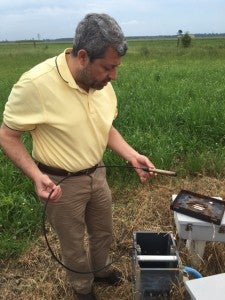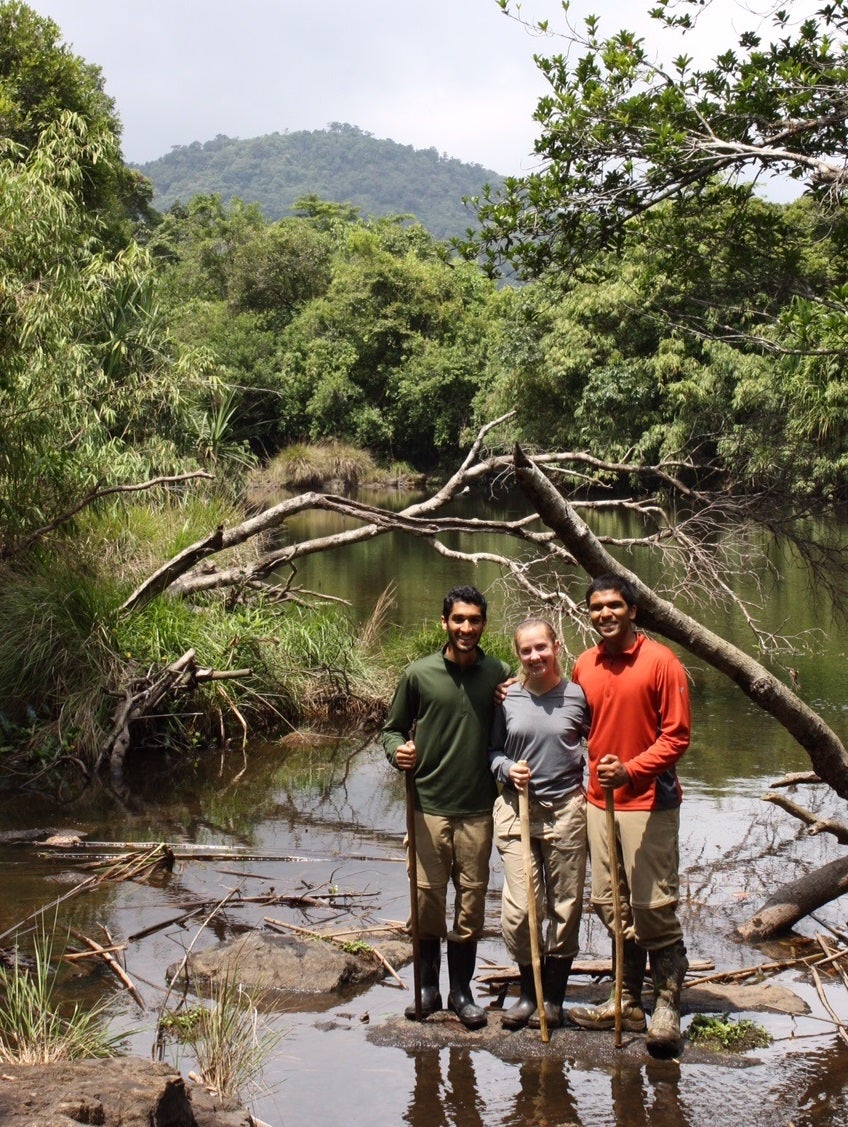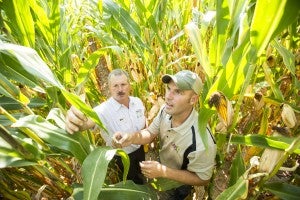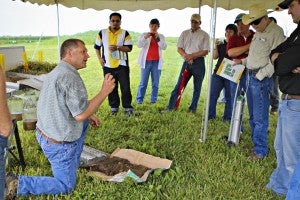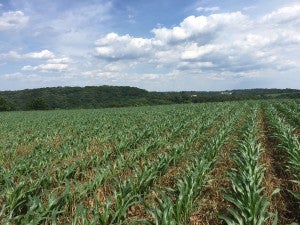
Corn planted in cover crops. Photo courtesy of SUSTAIN.
For the fourth year in a row, a nationwide farmer survey found a boost in soybean and corn yields following the planting of cover crops. That’s in part why cover crop usage increased 350 percent from 2008 to 2012 among the farmers surveyed.
Cover crops are also great for the environment, since they help keep excess nutrients in the field and out of waterways. Yet only around 2 percent of all U.S. farmland uses cover crops, an alarmingly low figure.
That leaves a ton of room for improvement, which could result in huge environmental gains – and a new business opportunity for ag retailers.
Ag retailers that offer expertise on and sell cover crops to their famer customers can get in on this rapidly growing trend. And in so doing, gain customer loyalty and stand out from competitors. Read More










